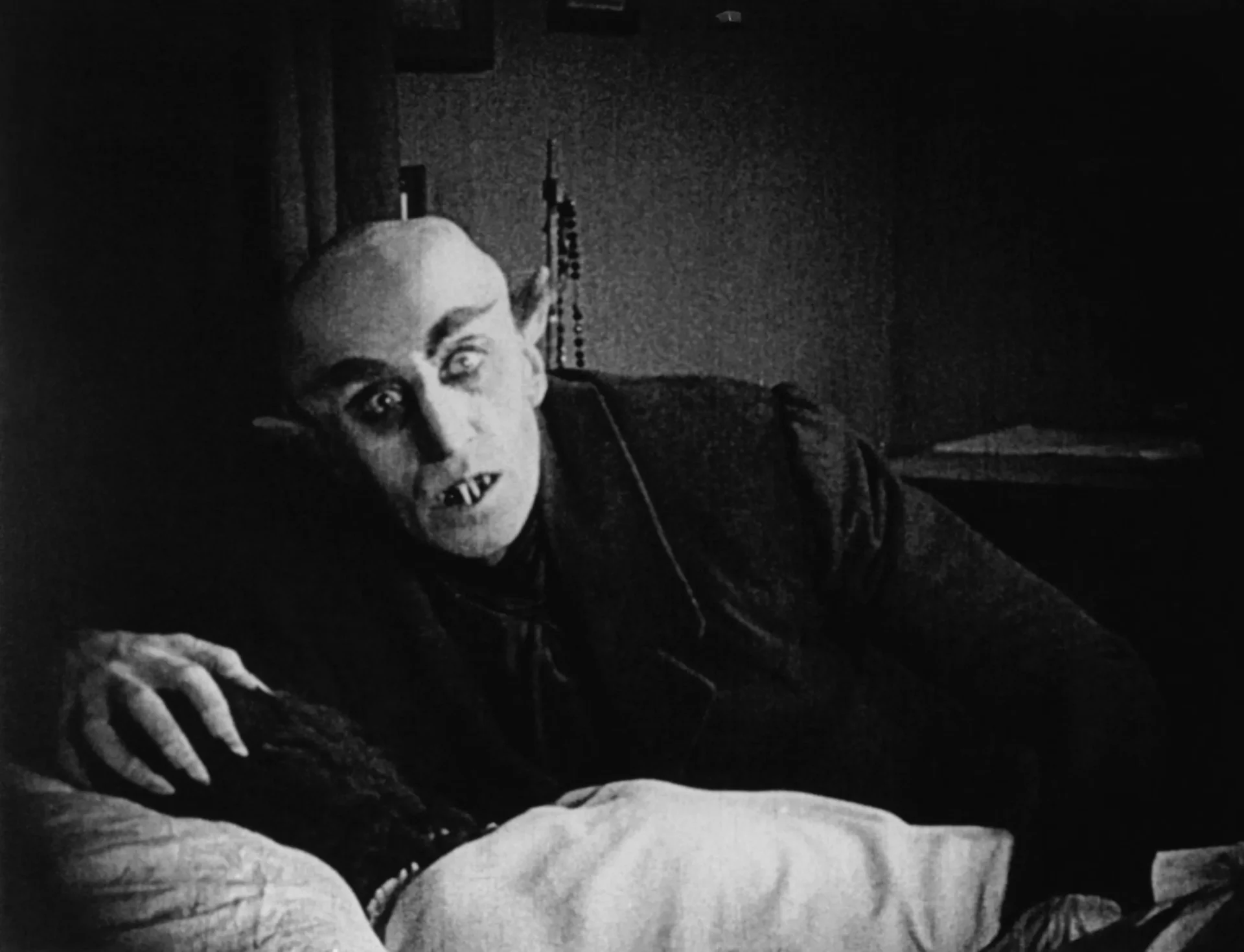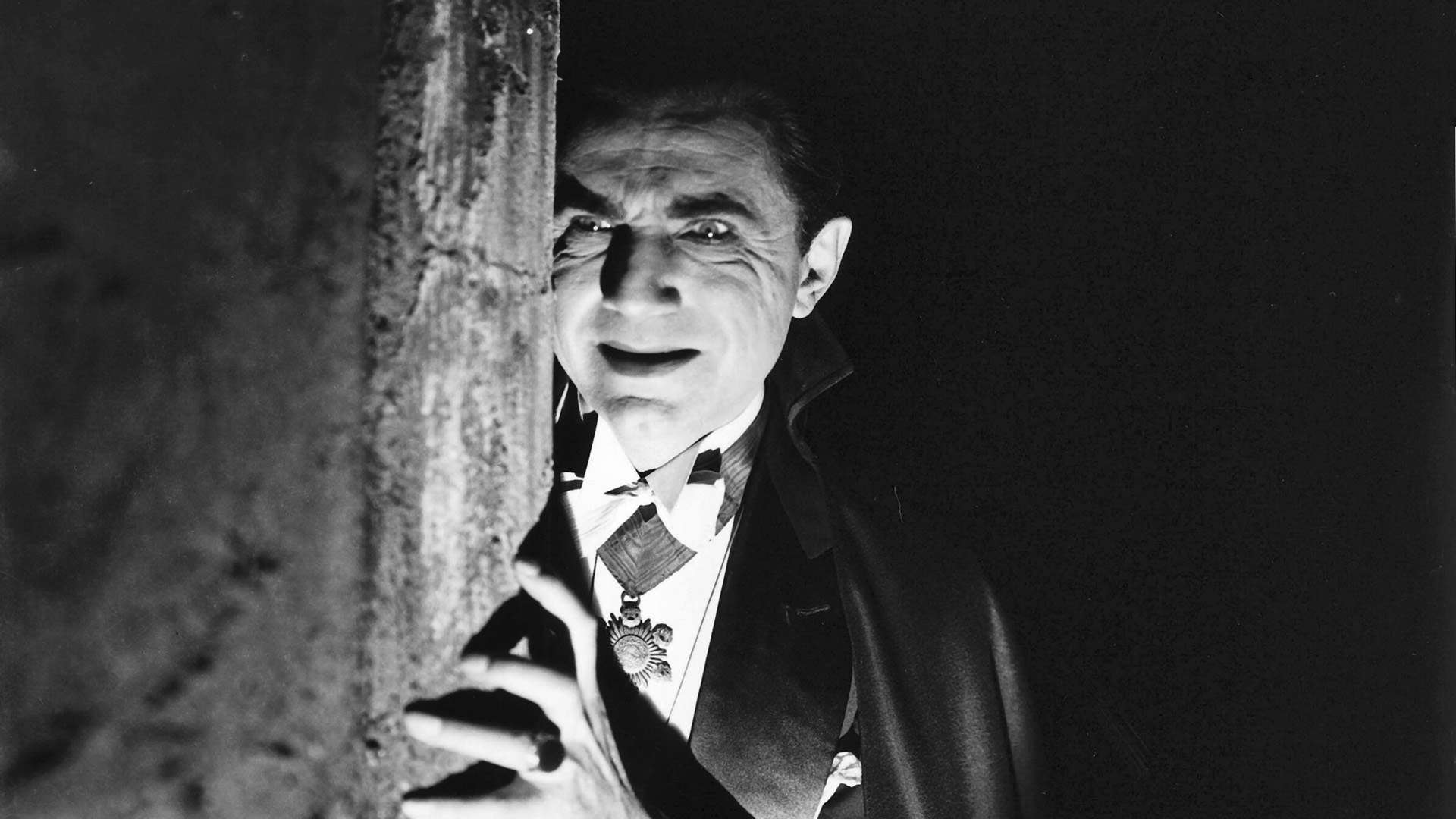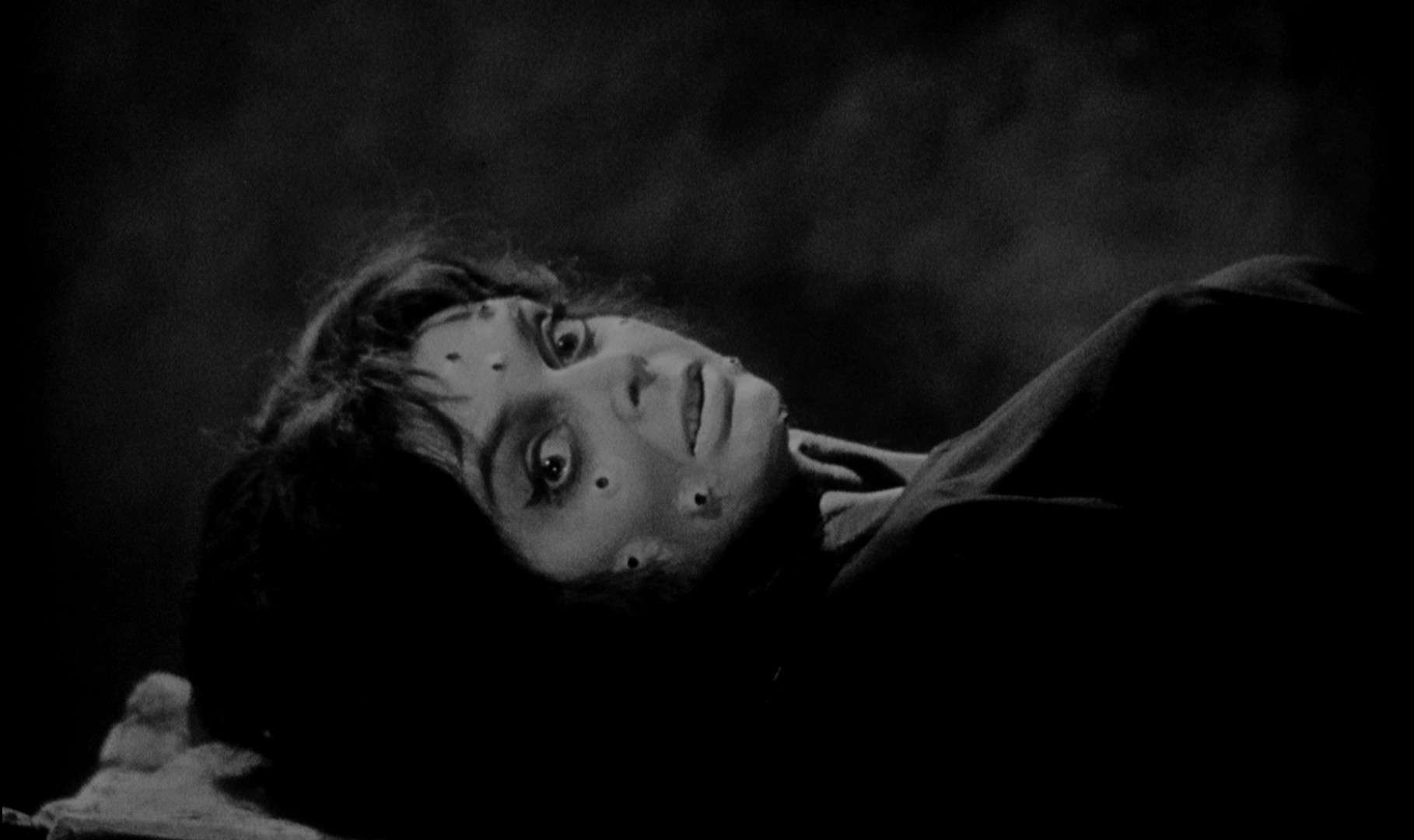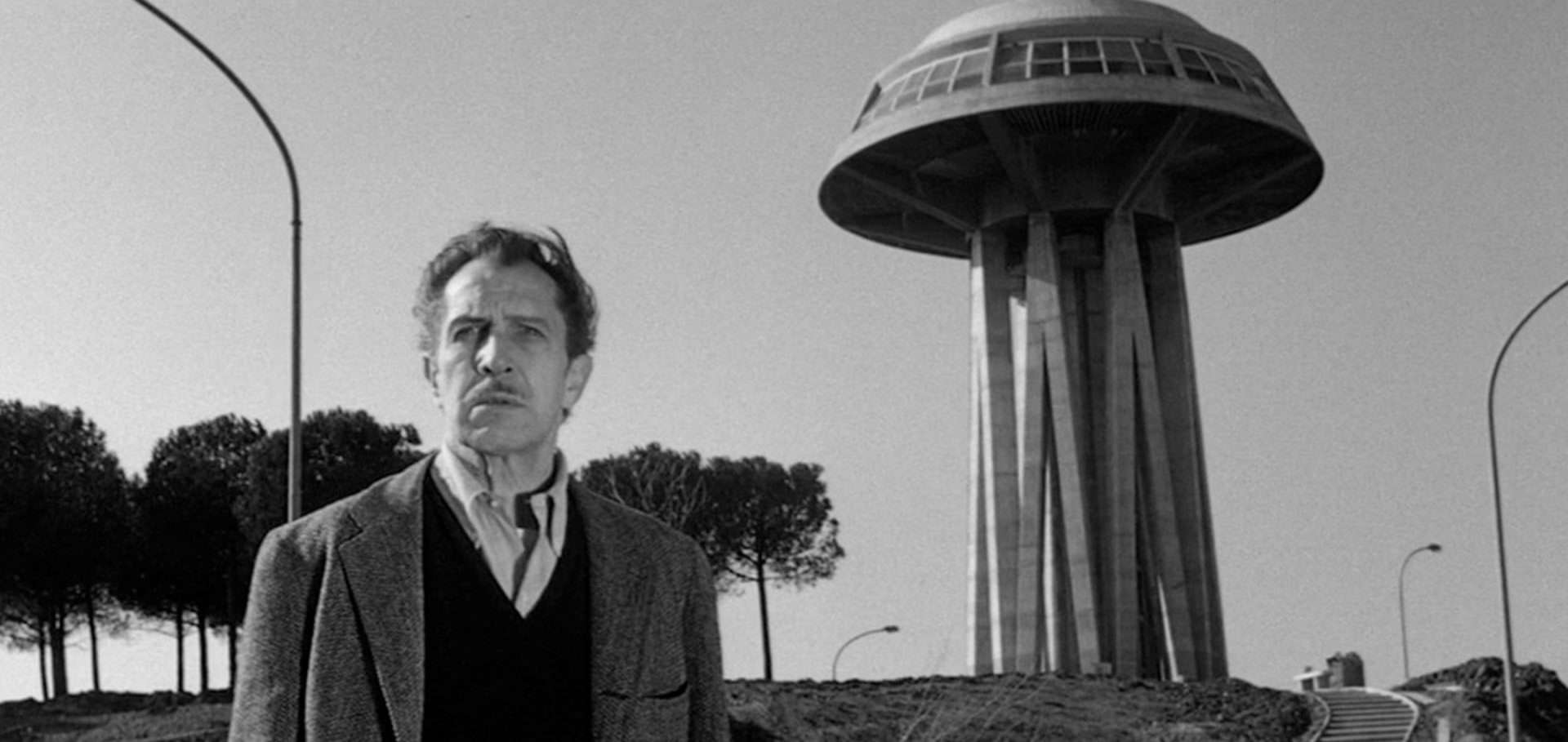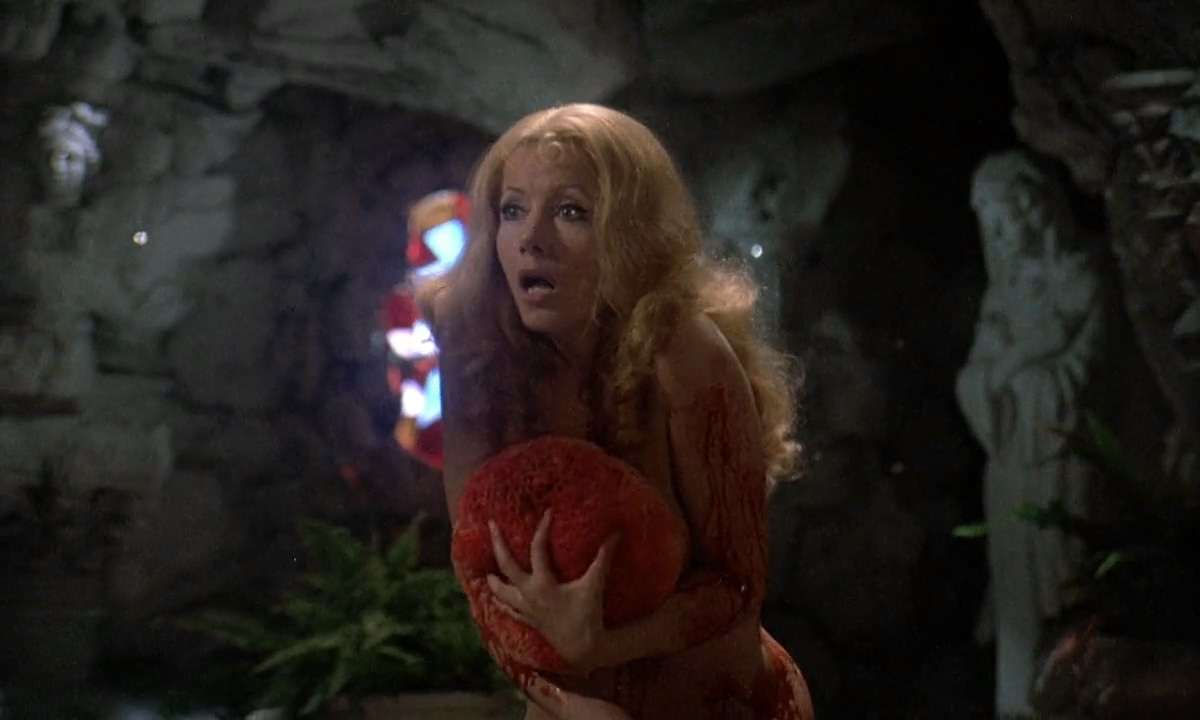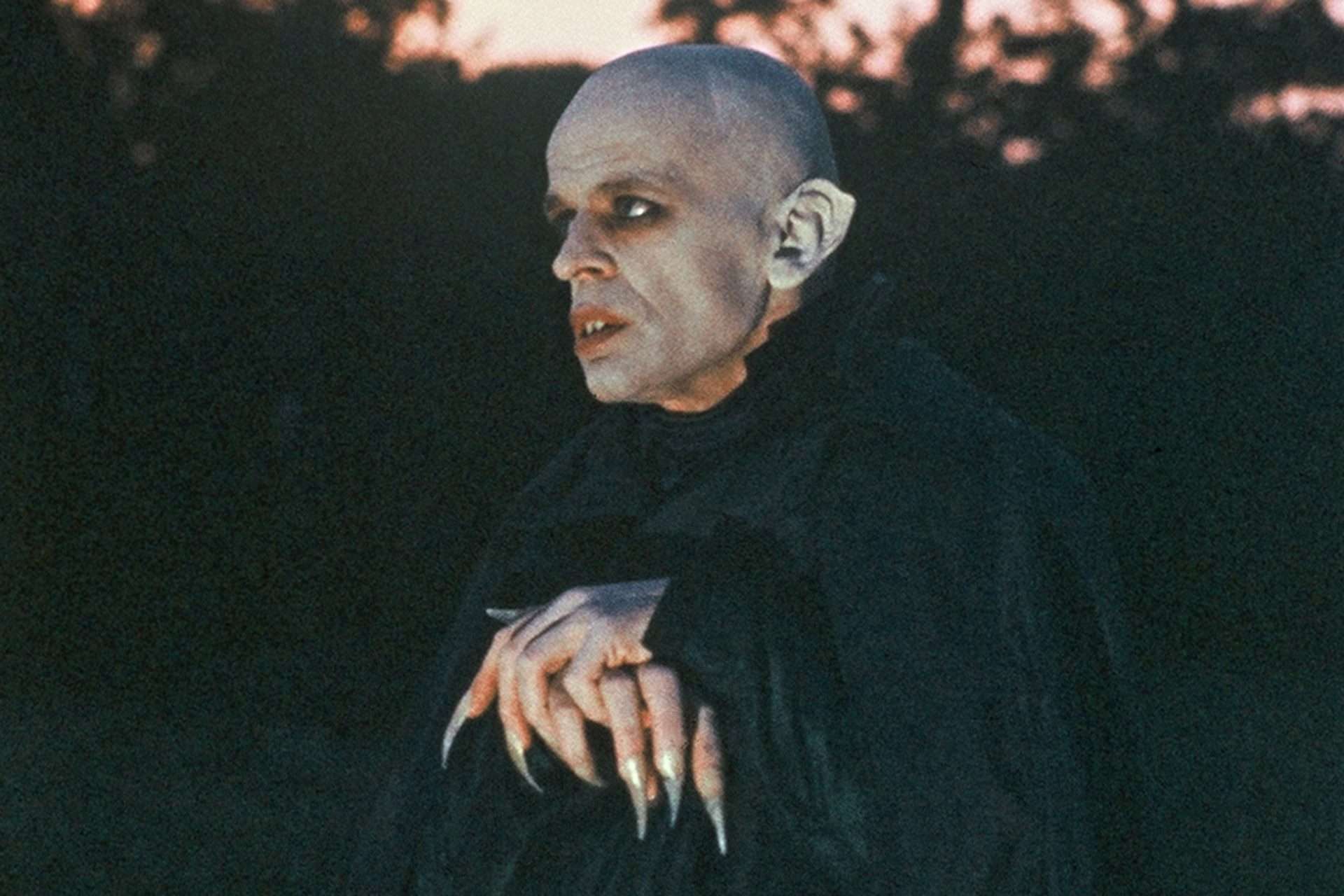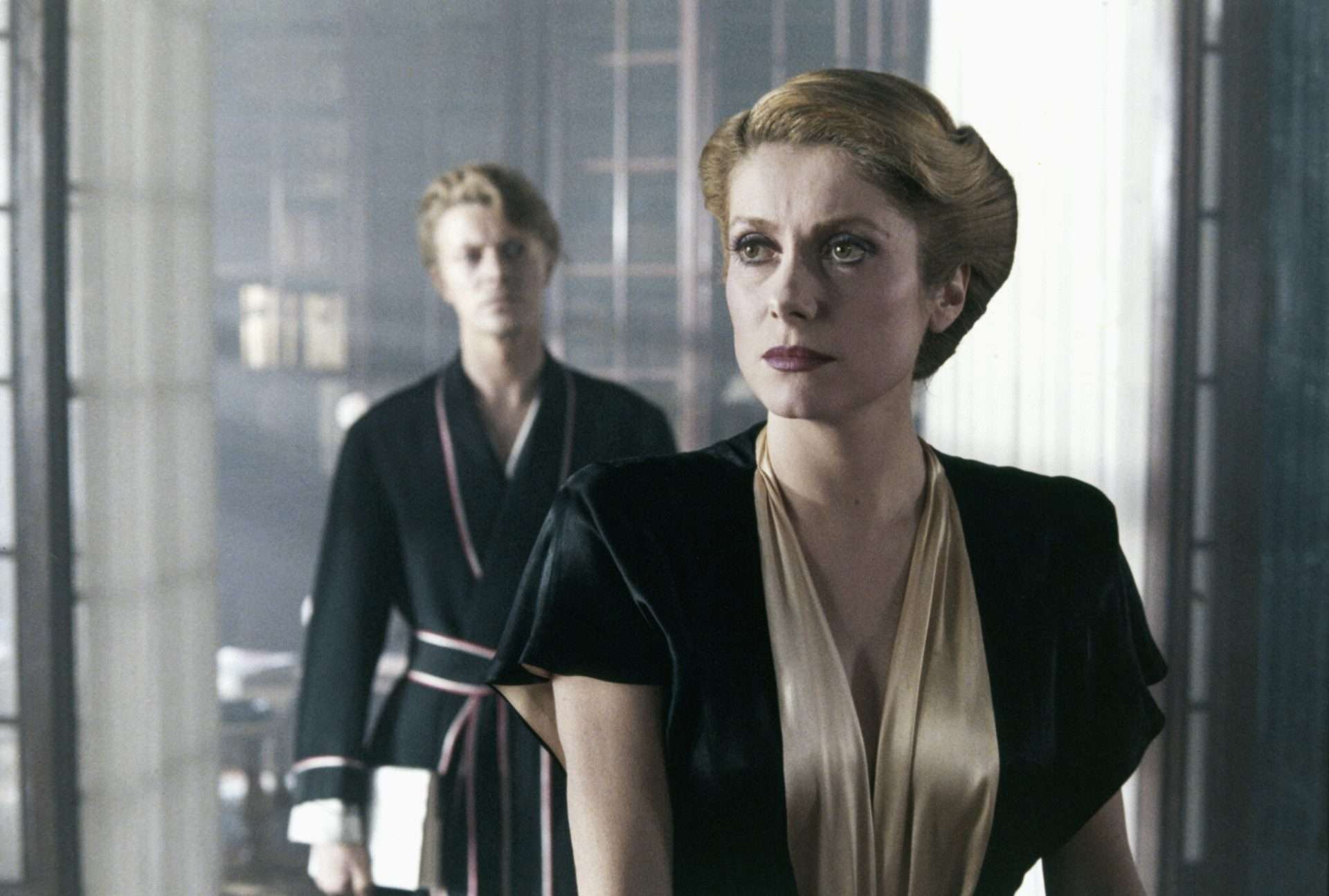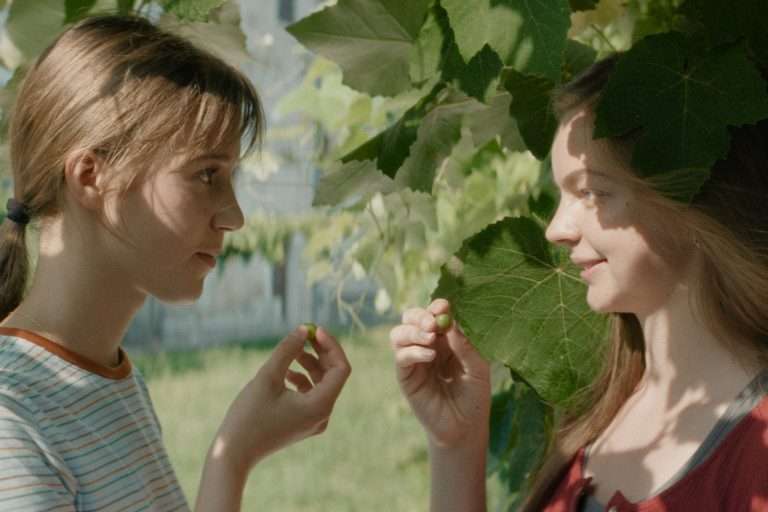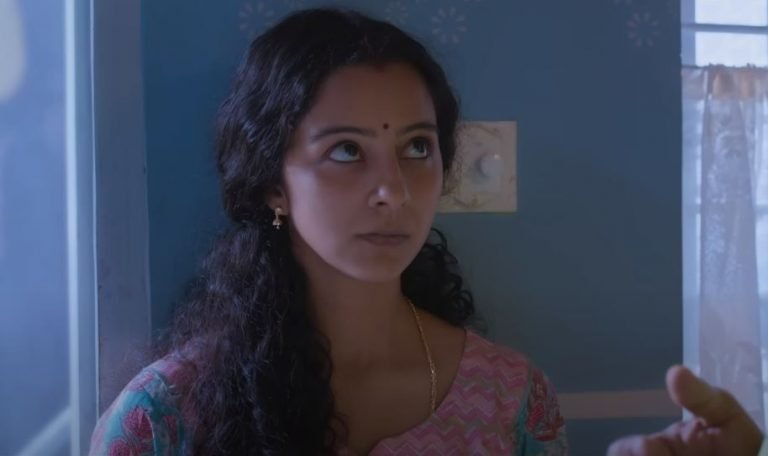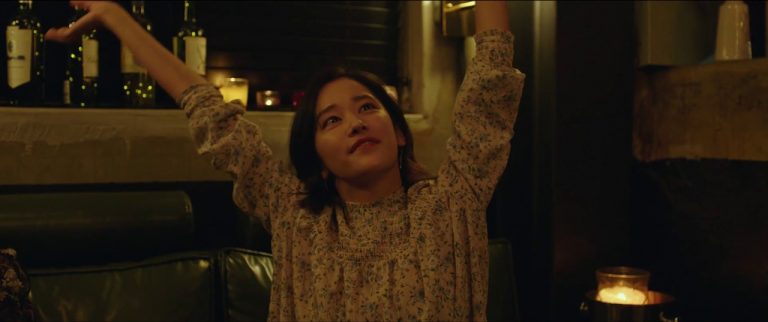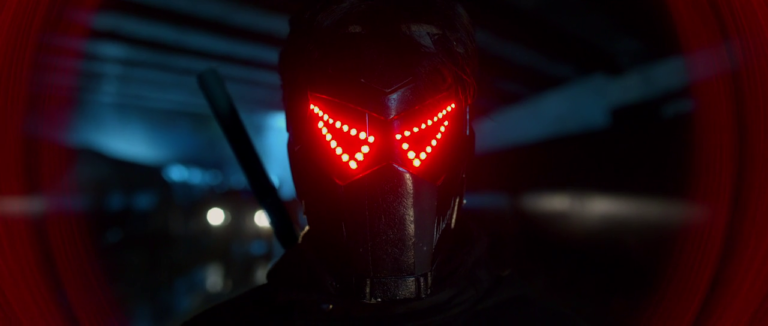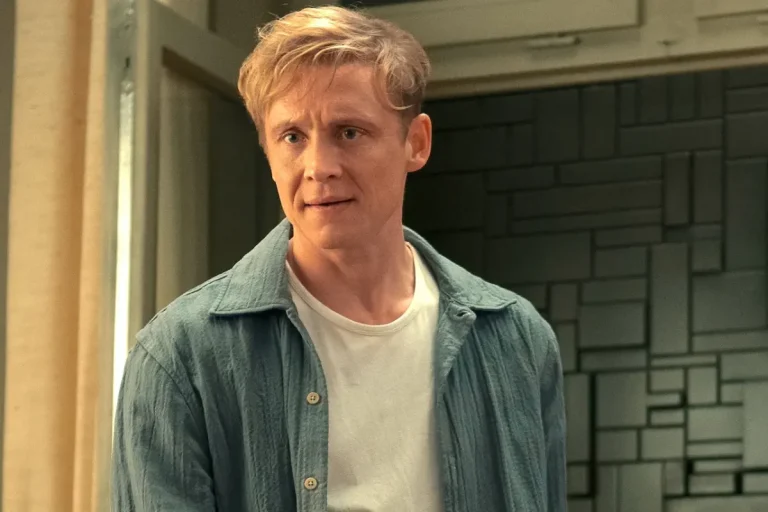Nosferatu (2024), directed by Robert Eggers, reimagines the legendary 1922 silent film classic. It brings a fresh yet eerie perspective to the iconic vampire myth. Known for his mastery of atmospheric horror and historical authenticity, Eggers creates a chilling retelling of Count Orlok’s tale. The film captures the same haunting tension and visual storytelling seen in his previous works like The Witch and The Lighthouse. The cinematography, by DOP Jarin Blaschke, echoes the ominous lighting and stark shadows of the original. It adds a unique modern twist. With a mesmerizing performance by Bill Skarsgård as the terrifying vampire, Nosferatu (2024) captures the original’s haunting aura while expanding its thematic depth. If you were drawn to its eerie atmosphere and dark, immortal themes, these 7 classic vampire movies will be a perfect follow-up.
1. Nosferatu (1922) | F.W. Murnau
If you admire the atmospheric world of Nosferatu (2024), Murnau’s Nosferatu (1922) is essential viewing. This silent film is the foundation of gothic horror. It adapts Dracula without permission, replacing Count Dracula with the grotesque Count Orlok. Max Schreck plays Orlok with a chilling presence, portraying a vampire unlike any other at the time.
The film’s shadowy visuals and innovative use of light and architecture have influenced horror cinema ever since. The unsettling imagery — Orlok’s clawed hands and creeping shadow — portrays vampirism as a plague-like threat. Watching this foundational work enriches the experience of Nosferatu (2024) by highlighting the visual and thematic legacy that Eggers’ film draws from.
2. Dracula (1931) | Tod Browning & Karl Freund
Dracula (1931) is a natural follow-up to Nosferatu (2024) for those captivated by gothic aesthetics and vampiric charisma. Directed by Tod Browning and shot by Karl Freund, the film brings Bram Stoker’s novel to life with haunting style. Bela Lugosi’s portrayal of Dracula remains iconic, giving the vampire both charm and menace.
The film’s gothic sets, eerie silence, and slow pacing create a creeping sense of dread. Freund’s cinematography enhances the mysterious tone with shadowy visuals. For anyone drawn to the timeless allure of vampires, Dracula is essential viewing. It blends horror and elegance in a way that continues to shape vampire stories today.
3. Black Sunday (1960) | Mario Bava
Mario Bava’s Black Sunday (1960) is a gothic horror masterpiece that, much like Nosferatu (2024), relies on atmosphere and visual storytelling to evoke dread. Set in 1630s Moldavia, the film centers around the vampiric witch Asa Vajda, whose cursed death at the hands of her brother Griabi sets the stage for a haunting centuries later. When Dr. Kruvajan accidentally revives Asa’s mummified body, the centuries-old witch embarks on a bloodthirsty quest for revenge, seeking to drain the life from her reincarnated form, Katia.
Much like the tragic and isolating themes in Nosferatu (2024), Black Sunday explores dark desires, immortal vengeance, and a curse passed through time. Bava’s atmospheric use of shadows, haunting visuals, and eerie performances captures the chilling essence of vampirism, immersing the audience in a sense of inevitable doom and timeless horror, making it a perfect match for fans of Nosferatu’s brooding, macabre atmosphere.
4. The Last Man on Earth (1964) | Ubaldo Ragona, Sidney Salkow
One key theme in Nosferatu (2024) is isolation and existential dread. The Last Man on Earth (1964), starring Vincent Price, captures that same haunting loneliness. Based on Richard Matheson’s novel I Am Legend, it follows the last human survivor of a plague that turns people into vampiric creatures.
Price’s melancholic performance grounds the film in a somber tone, while the desolate, post-apocalyptic setting heightens the sense of despair. The story explores humanity, fear, and survival in a world forever changed. It’s a thought-provoking film for those drawn to the melancholic tone of Nosferatu (2024).
5. Countess Dracula (1971) | Peter Sasdy
Themes of mortality and desire run through Nosferatu (2024), and Countess Dracula (1971) explores them through the legend of Elizabeth Báthory. The infamous countess bathes in virgins’ blood to retain her youth. Directed by Peter Sasdy for Hammer Films, this gothic tale stars Ingrid Pitt in a commanding role.
She portrays the aging countess desperate to preserve her beauty at any cost. The film combines psychological horror with lavish period aesthetics. Its exploration of aging, power, and obsession adds depth to its eerie atmosphere. For those drawn to Nosferatu’s darker themes, this film offers a chilling reflection on humanity’s fear of aging and death.
6. Nosferatu the Vampyre (1979) | Werner Herzog
Werner Herzog’s Nosferatu the Vampyre is a meditative reimagining of Murnau’s 1922 classic. It will resonate with fans of Nosferatu (2024). Klaus Kinski’s portrayal of Dracula emphasizes existential despair, making him less a monster and more a tragic figure.
Herzog’s deliberate pacing and stunning color photography create a hypnotic, dreamlike atmosphere. The film lingers in the mind, blending horror with melancholy. For those who enjoyed Nosferatu (2024)’s introspective tone, Herzog’s film offers a visually striking and emotionally resonant exploration of similar themes.
7. The Hunger (1983) | Tony Scott
The Hunger (1983) is a sleek, gothic tale that will appeal to fans of Nosferatu (2024). Tony Scott’s debut film focuses on vampires as symbols of immortality, desire, and decay. Catherine Deneuve, David Bowie, and Susan Sarandon deliver captivating performances in this stylish, erotic horror.
The film’s hypnotic visuals and moody atmosphere feel like a dream. It explores timeless themes of mortality and identity. While its abstract storytelling isn’t for everyone, the film’s haunting beauty has earned it cult status. Much like Nosferatu, The Hunger invites viewers into a dark, captivating world of seduction and death.


